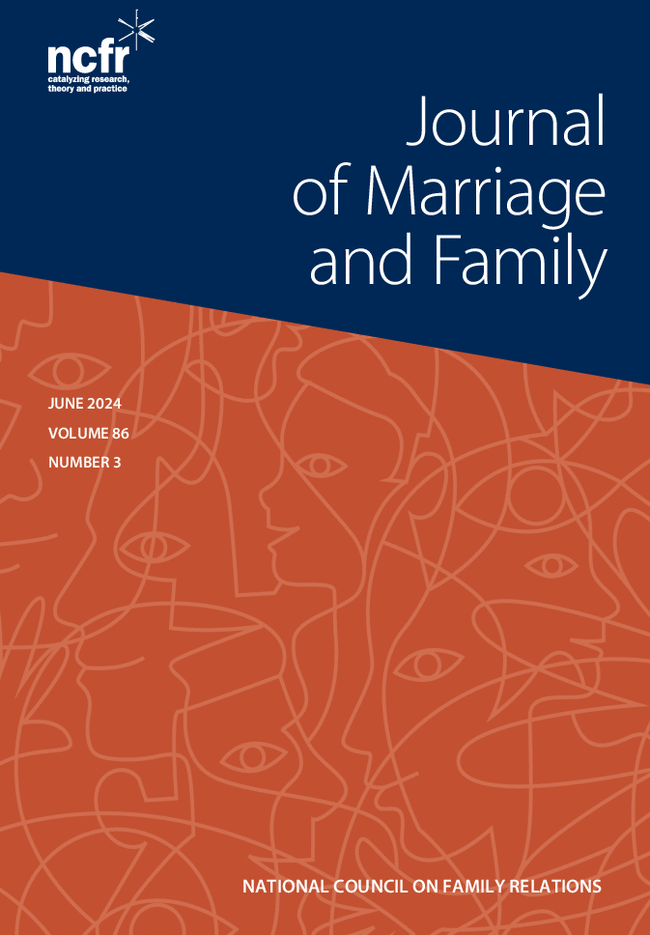Intersectional bonds: Delinquency, arrest, and changing family social capital during adolescence
Abstract
Objective
This study uses an intersectional approach to examine whether bonding and bridging family social capital change after adolescent delinquency and arrest.
Background
Family social capital (the resources and energy investments parents make in their children) has important implications for numerous youth outcomes. To date, little research has examined how stressful behaviors (like delinquency) and life events (such as arrest) strain or strengthen parent–child relationships, particularly across Black, White, and Hispanic families.
Methods
Drawing on data from the National Longitudinal Survey of Youth, 1997 cohort, the authors use fixed effects, dynamic panel, and correlated random effects models to analyze how delinquent behavior and arrest impact bonding and bridging forms of family social capital in adolescence. Stratified models by race/ethnicity and gender test whether the effects vary across groups.
Results
Results show that delinquency is negatively associated with bonding and bridging family social capital. Black girls experienced the sharpest reduction in family social capital resulting from delinquent behavior. Arrest was significantly associated with decreased bridging capital for Hispanic boys and increased bridging capital for Black girls.
Conclusion
Delinquency creates stress for parents and reduces investments in children, especially for Black girls. The effects of arrest vary by race and gender.
Implications
This study demonstrates the dynamism of family social capital and the impact of adolescent delinquency and arrest on parent–child ties, providing insights into the racialized and gendered development of family social capital amid heightened concern about youth deviance and incarceration.


 求助内容:
求助内容: 应助结果提醒方式:
应助结果提醒方式:


